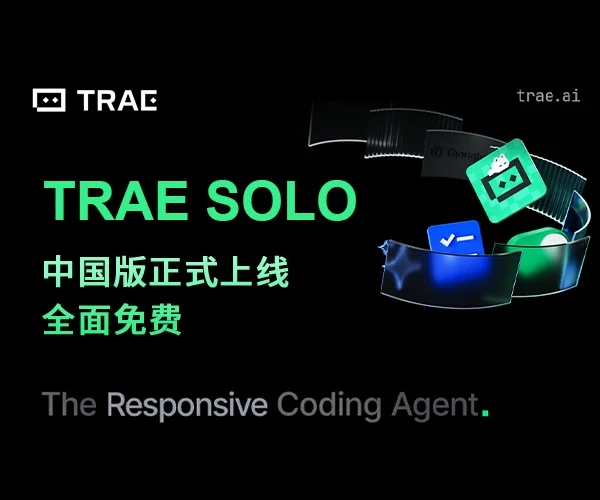C++調(diào)用C#的COM(轉(zhuǎn)載)
|
||
PrefaceCOM Interoperability is the feature of Microsoft .NET that allows managed .NET code to interact with unmanaged code using Microsoft's Component Object Model semantics. This article is geared towards C# programmers who are familiar with developing COM components and familiar with the concept of an interface. I'll review some background on COM, explain how C# interacts with COM, and then show how to design .NET components to smoothly interact with COM. For those die-hard COM experts, there will be some things in this article that are oversimplified, but the concepts, as presented, are the important points to know for those developers supplementing their COM code with .NET components. Introduction.NET Interfaces and ClassesThe basis for accessing .NET objects either from other .NET code or from unmanaged code is the Class. A .NET class represents the encapsulation of the functionality (methods and properties) that the programmer wants to expose to other code. A .NET interface is the abstract declaration of the methods and properties that classes which implement the interface are expected to provide in their implementations. Declaring a .NET interface doesn't generate any code, and a .NET interface is not callable directly. But any class which implements ("inherits") the interface must provide the code that implements each of the methods and properties declared in the interface definition. Microsoft realized that the very first version of .NET needed a way to work with the existing Windows technology used to develop applications over the past 8+ years: COM. With that in mind, Microsoft added support in the .NET runtime for interoperating with COM - simply called "COM Interop". The support goes both ways: .NET code can call COM components, and COM code can call .NET components. Using the codeSteps to create a Managed .NET C# COM Object:
Although a .NET class is not directly invokable from unmanaged code, Microsoft has provided the capability of wrapping a .NET interface in an unmanaged layer of code that exposes the methods and properties of the .NET class as if the class were a COM object. There are two requirements for making a .NET class visible to unmanaged code as a COM object: Requirement 1:You have to add GUIDs - Globally Unique Identifiers - into your code for the interface and the class separately, through a GUID tool.
Requirement 2:Registration of the COM Class and InterfacesFor a COM class to be accessible by the client at runtime, the COM infrastructure must know how to locate the code that implements the COM class. COM doesn't know about .NET classes, but .NET provides a general "surrogate" DLL - mscoree.dll -- which acts as the wrapper and intermediary between the COM client and the .NET class.
Steps to create an Unmanaged C++ application to call a .NET Managed C# COM
Points of InterestWhile creating an Interface for COM exported functions, creating GUIDs for the Interface and the class and registering the class are required steps, and doing all this is always interesting and fun. Calling parameterized exported functions also is very interesting. About Atul Mani |
posted on 2007-05-30 22:46 夢在天涯 閱讀(10805) 評論(2) 編輯 收藏 引用 所屬分類: CPlusPlus



